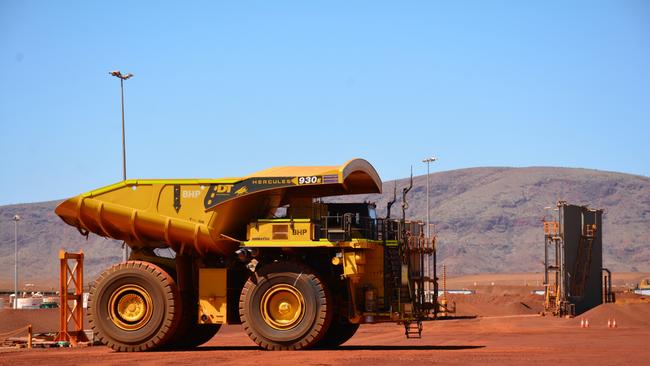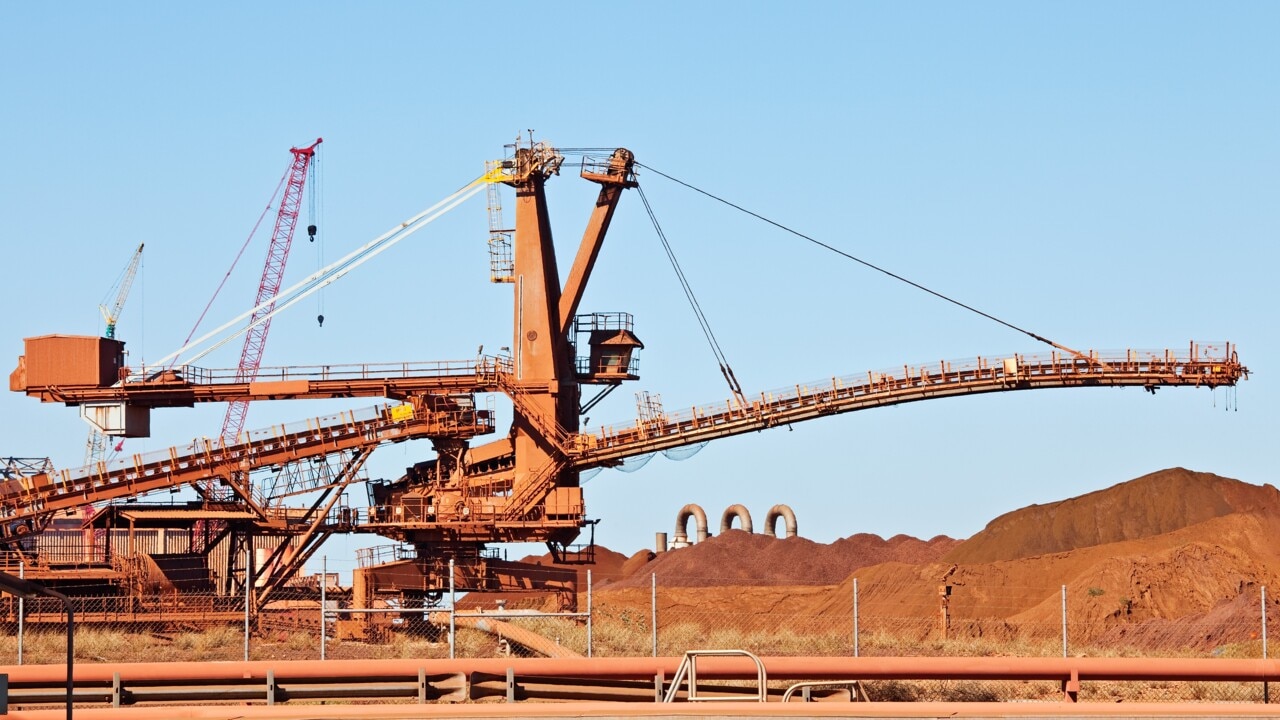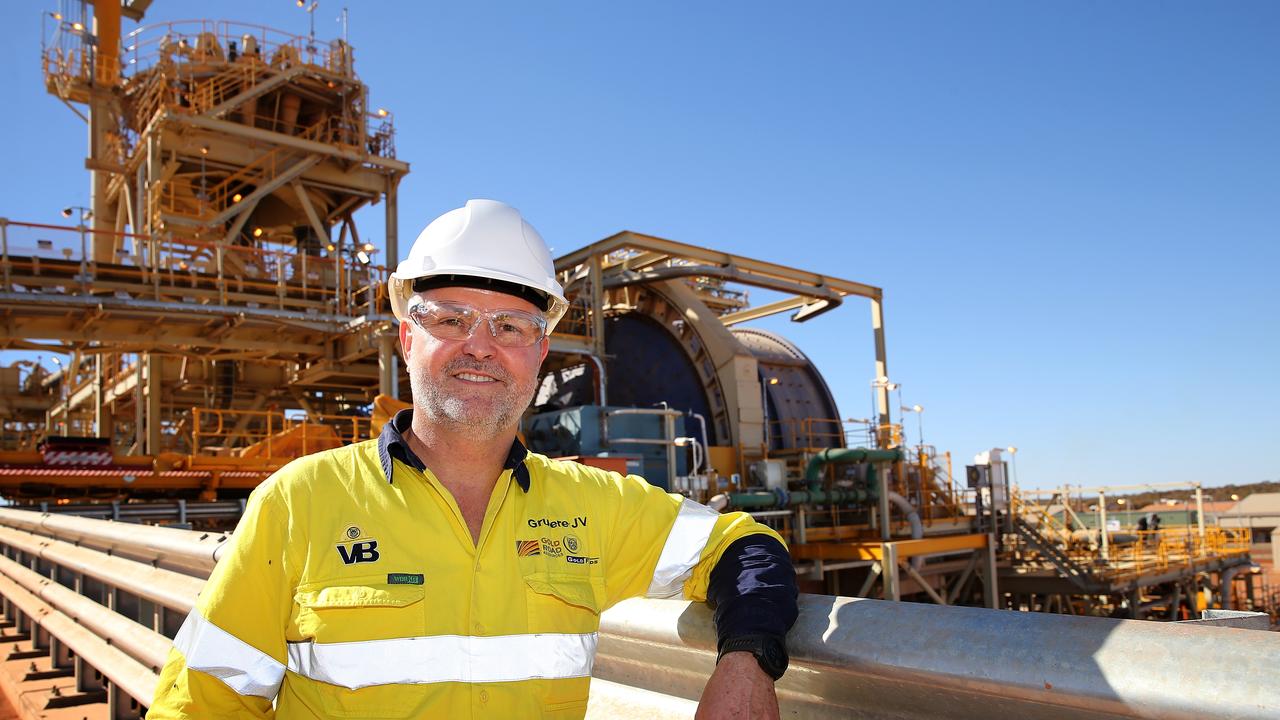
But, as I will describe below, the merger also heralds a significant step in BHP’s master plan to take advantage of global decarbonisation – a master plan that is based on assumptions that will surprise many investors.
BHP embraced the dual listing structure when it merged with Billiton 20 years ago. Almost immediately the BHP London company (formerly Billiton) traded at a big discount to the Australian shares even though on a per share basis the assets profits and dividends were the same.
Part of the difference was that the Australian BHP was the base company and the enormous share buying power of our superannuation funds which is directed towards major companies like BHP and boosts local shares above their international counterparts.
But by far the biggest difference was the fact that Australian shareholders obtained franking credits from BHP dividends which were not available to shareholders in the London company. When BHP increased its dividend in the last two years the advantage of the franking credit to Australians increased in value so the premium accorded the Australian company expanded until the merger was announced.
Accordingly, investors in Australian dividend paying shares should be aware of just how important franking credits are to the valuation of their shares and in the valuation of their superannuation savings.
If a government ever abandons franking credits it will slash the value of Australian shares and superannuation savings.
Currently, the BHP London share register contains about 15 per cent of shareholders who are invested strictly following the FT index. But a significant number of other UK institutional shareholders have portfolios broadly based the index. When the London company shares convert to Australian stock those shareholders will have to sell because BHP will no longer be on the FT index.
On the other hand, BHP’s Australian market capitalisation will jump by some 40 per cent and that will force the Australian shareholders whose BHP holdings are linked to the index to increase their Australian stakes.
BHP estimates that the UK index driven selling and Australian index driven buying will about match but there may be timing differences which will cause fluctuations in the BHP share price.
The London institutional selling and Australian buying will increase Australian ownership of BHP but the percentage of retail shareholders in the combined company – currently about 33 per cent of the Melbourne company but only six per cent of the London company – will decline.
The most obvious reason why BHP is merging its Melbourne and London companies at this time is that the cost of the merger has slumped because the Singapore marketing operation no longer has tax advantages and BHP has written off its Mount Arthur coal losses which were previously expected to be recouped by profits.
The London company no longer has a substantial revenue base so BHP must pump money into the London company via special dividends which is cumbersome and a franking credits wasteful process. As the amounts of these dividends is rising their legality might one day be challenged the courts.
While those reasons are the technical motivations for the merger in the background there was a more powerful force.
As BHP looks at the likely demand for minerals in the next few decades it has concluded that as a result of global investment in decarbonisation the demand for nickel will rise fourfold while copper and steel will double.

BHP’s copper and nickel future assumptions have been embraced by many others because of their extensive use of batteries and wires in the electrification part of decarbonisation. But the prediction that steel demand will rise dramatically because of the new facilities required for decarbonisation has not been widely canvassed.
Yet the world will need to accelerate electric car production; new power installations will be installed and factories will be revamped or replaced. Although scrap steel will become an increasing source of steel, if BHP is right then the iron ore price will stay strong for an extended period even though China is looking for non Australian sources of iron ore. That gives BHP (and Australia) strong base income for decades.
Currently iron ore and copper are BHP’s bread and butter but BHP would love to increase its long term production of copper. It is ironic that BHP owns the one of the largest copper reserves in the world at Olympic Dam but the company does not want to set up a massive open pit to extract iron ore. BHP has been researching a leaching process to extract the copper but so far has not solved the technical problems involved. Meanwhile, the conventional mine and smelter continue to operate.
The biggest decarbonisation beneficiary is set to be nickel. BHP will expand Kambalda nickel but it is also searching the world for nickel opportunities.
One day that search might result in a major takeover of an existing producer. In such big acquisitions sometimes it is better to include shares in the bid. BHP with its duel listing structure can currently offer shares in a takeover but it is a cumbersome process.
After the merger BHP will have only one share security so takeovers using shares become very straightforward.
BHP may not be ready to immediately pounce on a target but it is scouring the world for opportunities and if an opportunity emerges after the merger it will be ready.








BHP’s merger of its Melbourne and London companies underlines a unique feature of the Australian share market: Our market is priced at a premium of around 15 per cent over equivalent overseas shares on an industry by industry basis.